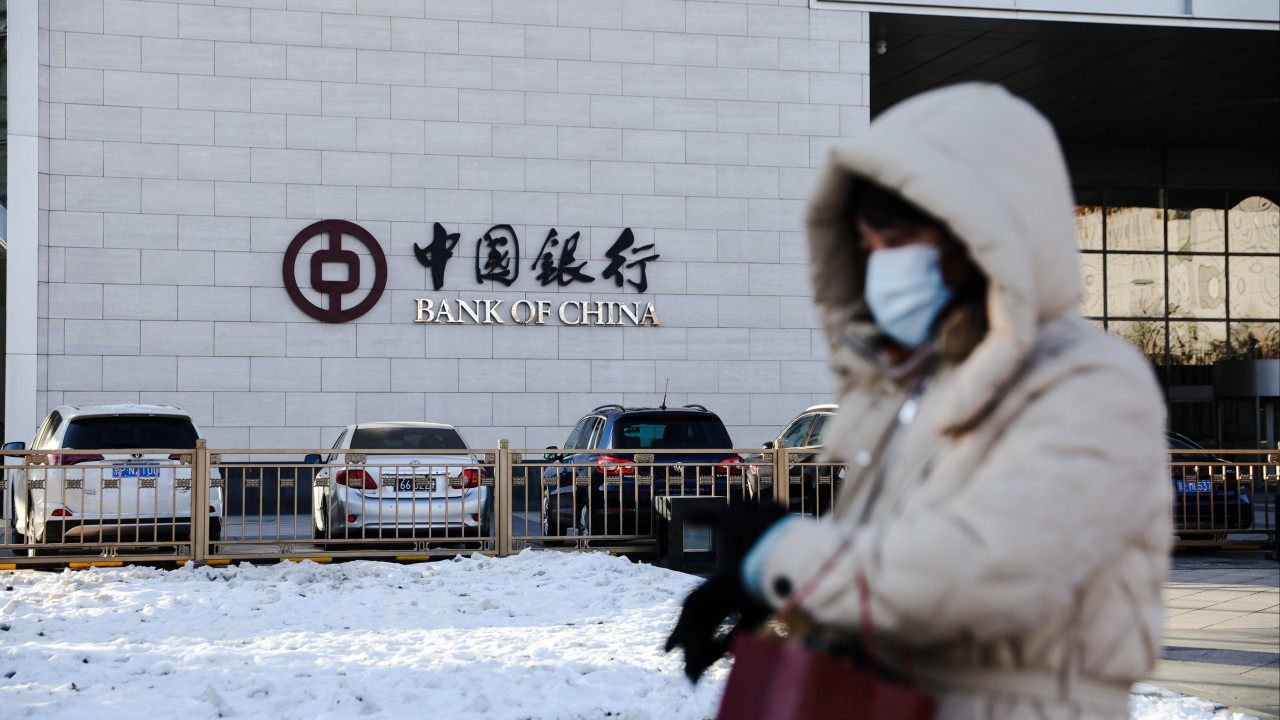
“Lower deposit rates should help alleviate pressures on banks’ NIMs and lay the groundwork for the PBOC [People’s Bank of China] to cut its policy lending rates [Open market operation and medium-term lending facility] in January, which have been left unchanged for the past four months,” said analysts at Japanese investment bank Nomura.
“If these cuts materialise, it would signal Beijing has become increasingly concerned about the downward pressure on growth, lending support to our view of another growth dip. The lasting disinflationary pressures and a sharp reversal of US rates have lowered the hurdle for the PBOC to cut rates.”
After Friday’s adjustments, the banks will pay an annual interest of 1.45 per cent on one-year time deposits, down from 1.55 per cent. The rates for two year, three year and five-year products are now 1.65, 1.95 and 2 per cent, respectively, down from 1.85, 2.2 and 2.25 per cent.
Chinese banks asset quality stable but margin pressures to persist: analysts
Chinese banks asset quality stable but margin pressures to persist: analysts
In the previous rounds of rate cuts in June and September, banks lowered their rates for one year and two-year time deposits by 10 and 20 basis points, respectively. The rates for three year and five-year time deposits were slashed by 25 basis points as well.
That the banking sector maintains a reasonable profitability level is very important for the sustainability of China’s financial sector, and NIM is a key factor for bank earnings, said Li Ying, head of financial institutions ratings at S&P Global (China) Ratings. “In addition, the deposit interest rate cut also creates more flexibility for further LPR [loan prime rate] cuts if required,” she added. The LPR is the lending rate at which commercial banks lend to their highest quality customers.
“Chinese banks’ NIM will be under pressure in 2024 for multiple reasons. In addition to previous frequent LPR cuts, interest rate adjustments on mortgage portfolios and local government financing vehicles’ lending will also have a significant impact on banks’ asset yields. A basis point is one hundredth of a per cent.
Chinese banks shield interest margins with deposit-rate cuts amid savings glut
Chinese banks shield interest margins with deposit-rate cuts amid savings glut
“On the liability side, retail clients increasingly prefer longer term deposit products, which increase banks’ deposit funding costs. By cutting deposit interest rates, banks have a better chance of stabilising NIM levels and avoiding any significant NIM drops in 2024.”
Li said she expected the average NIM at Chinese banks to drop 17 basis points year on year to around 1.76 per cent in 2023, adding that the NIM will be around 1.7 per cent in 2024, “which is still at a sustainable level”.

